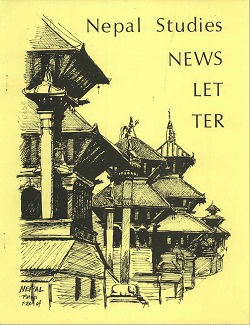Abstract
Ladakh often tends to be associated predominantly with its Tibetan Buddhist inhabitants in the wider public imagination both in India and abroad. It comes as a surprise to many that half the population of this region is Muslim, majority belonging to the Twelver Shi‘i sect and live in Kargil district. This article will discuss the importance of being Ladakhi for Kargili Shias through an ethnographic account of a journey I shared with a group of cultural activists from Leh to Kargil. A view of the landscape, natural and cultural, through their eyes provided a different, more eclectic portrayal of the region that ran counter to several historical depictions in the accounts of colonial explorers and travellers. I argue that the invocation and projection of Kargil’s Ladakhiness by these cultural activists has an element of artifice built into it. Yet this packaging of regional ‘culture’ signals an emergent cultural consciousness that spills beyond the politics of identity to an emotionally and intellectually charged process of self-definition that is underway. Riddled with debates as to what constitutes ‘regional culture’, the journey also lends insight into some aspects of contemporary cultural politics within Kargil.
Recommended Citation
Gupta, Radhika. 2013. The Importance of Being Ladakhi: Affect and Artifice in Kargil. HIMALAYA 32(1).
Available at:
https://digitalcommons.macalester.edu/himalaya/vol32/iss1/13


